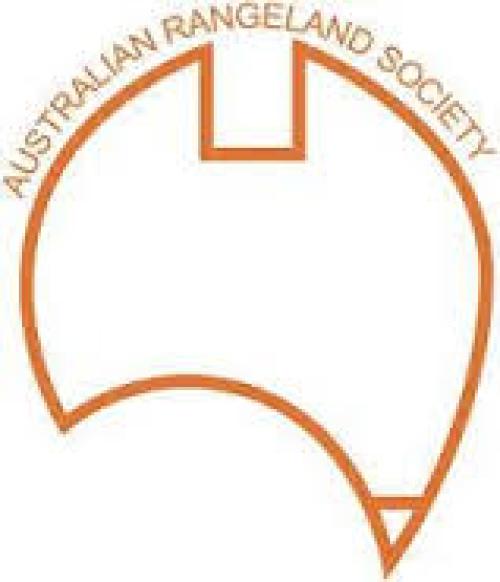Methods for measuring long-term changes in vegetation and soil condition were evaluated in terms of recording error, efficiency and value in meeting management objectives. The evaluation was made on 4-5 sites for each of six vegetation types across the semi-arid rangelands of South Australia and New South Wales. In the semi-arid woodlands the lowest errors of measurement (C.V. = 12-14%) were associated with point measures of canopy cover, while in the chenopod shrublands the most precise measure in most situations was the density of shrub clumps (C.V. = 12-16%). Measures of herbaceous and litter cover had a high error of measurement (e.g. C.V. = 60%) and observers were significantly different. The point measurement of the area of degraded soil surface was reliable on duplex soils, but not on gradational soils. The results are discussed in terms of their application for the monitoring of change in range condition. It is concluded that the most appropriate measure of the shrub layer is foliar cover in woodlands and clump density in chenopod shrublands.

Full-text publications from the Australian Rangelands Society (ARS) Biennial Conference Proceedings (1997-), Rangeland Journal (ARS/CSIRO; 1976-), plus videos and other resources about the rangelands of Australia.